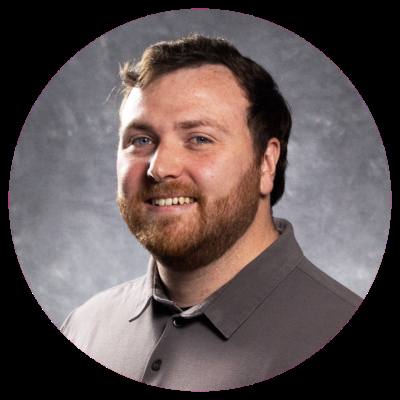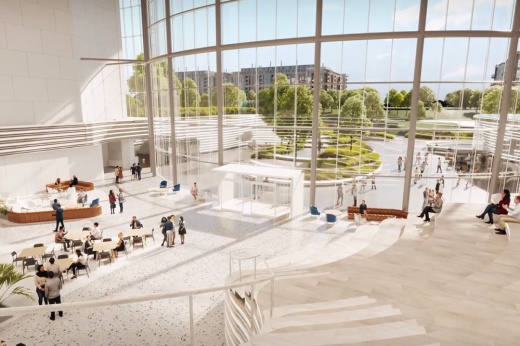The former Electronic Data Systems headquarters in northwest Plano will soon become a $3 billion, 200-acre life sciences development that will look to continue transforming North Texas into a hub for medical innovation.
The development will be called the Texas Research Quarter, and development company NexPoint President Frank Zaccanelli’s vision is that it will become “the most robust life sciences center in the United States,” he said during a Nov. 7 Plano City Council meeting.
What's happening
Zaccanelli said there are plans to invest around $1 billion within the project’s first phase. That will help set up future development of the site that will ultimately include room for research and development, office space, and manufacturing areas in and around the old Electronic Data Systems headquarters. He added the first phase, which will encompass 4 million square feet of space, will likely result in the creation of 2,000 jobs in Plano.
The development will also include at least a 9-acre park and nearly 800 mid-rise residential units, the latter of which is set to come in the final phase of development. The residential and hotel uses planned for later stages of development will be allowed once requirements are met for park, office and manufacturing space, according to documents from NexPoint.
Additionally, the city is considering a Tax Increment Reinvestment Zone, which would allow the city to capture growing property tax revenues in and around the development and reinvest them into projects aimed at further growth.
Muns said the transformation of the headquarters will allow the public to appreciate the campus in a new way.
“It’s always been covered up to a certain degree when it was first built,” Plano Mayor John Muns said. “People will really see how amazing that building is, and enjoy the gardens and the surroundings.”
Why it matters
Plano Director of Special Projects Peter Braster said the new life sciences campus will diversify the city’s economic base with an industry that does not have much of a presence in Plano.
Joseph J. Pancrazio, vice president for research and innovation at The University of Texas at Dallas, said the Texas Research Quarter will become part of an emerging life sciences economy in Texas. Other North Texas projects include Dallas’ Pegasus Park and the federal government’s relocation of the Advanced Research Projects Agency for Health’s customer experience center to Dallas.
“We’re at this inflection point where we’re seeing rapid growth,” Pancrazio said.
Additionally, life sciences hubs, such as the Texas Research Quarter, will include the capacity to research and manufacture therapies within the same campus. That is similar to what has been done with semiconductor research and production in North Texas, Pancrazio said.
That ability to house the development of medication from conception to manufacturing is also what makes the Texas Research Quarter so valuable, Plano Director of Economic Development Doug McDonald added.
“We have these top-tier universities that are spitting out a lot of great research and a lot of great companies, but there’s no place for them here, and they eventually migrate to the East Coast or the West Coast,” he said. “When these companies do get successful, we now have the space in Plano.”
The potential research hospital will also allow for what Pancrazio called early trials of therapies to demonstrate their feasibility.
How we got here
Ross Perot built the massive Electronic Data Systems campus in the 1980s, and it became the centerpiece of what is now known as Legacy Business Park.
The area houses the headquarters for FedEx, Frito-Lay, JCPenney, Toyota and many more.
What’s next
City staff is working with NexPoint to assist with development of the site.
Braster said work is expected to begin soon, with “a lot” of work slated for the first quarter of 2024.
“It’s an iconic site, and it was the heartbeat of [that area] for several decades,” McDonald added. “Our first priority is to get the site reactivated.”






